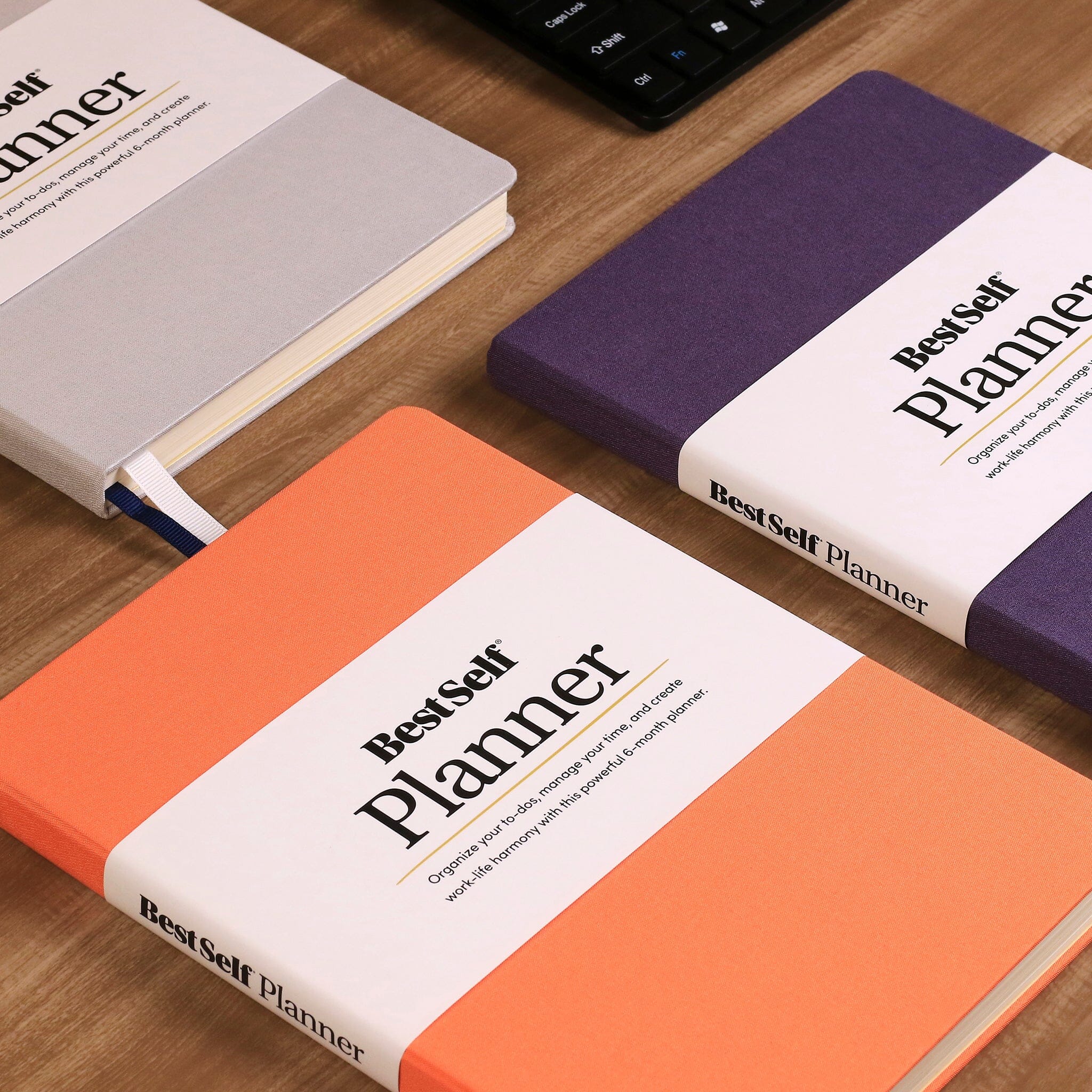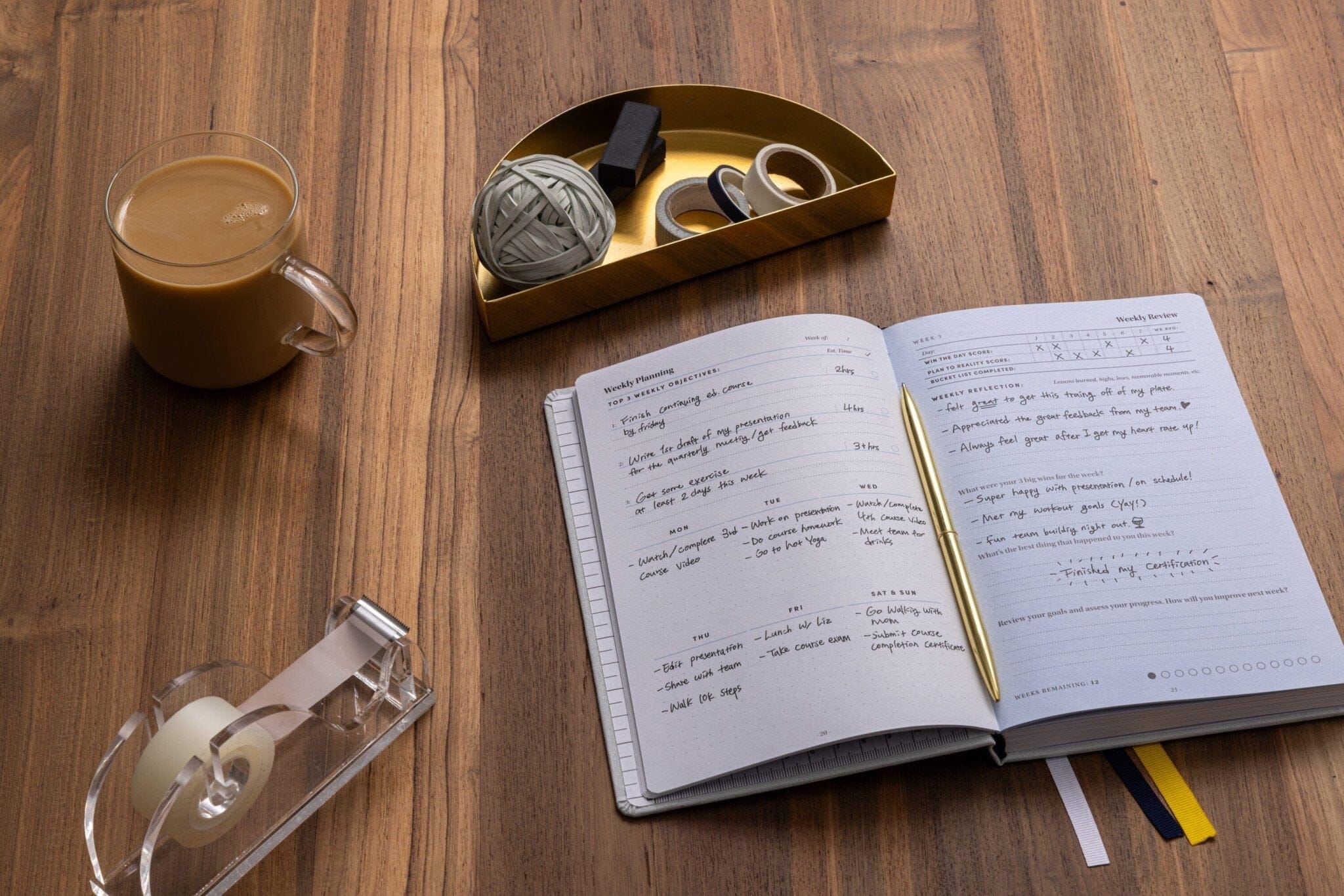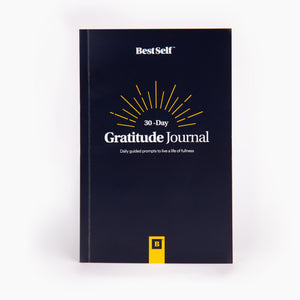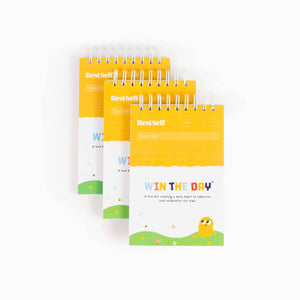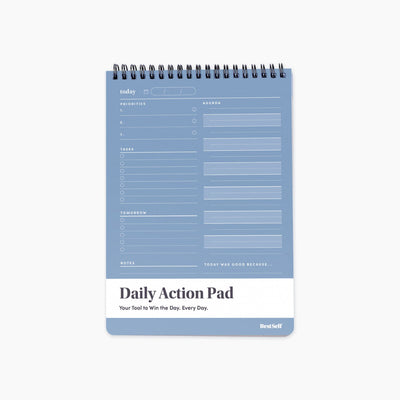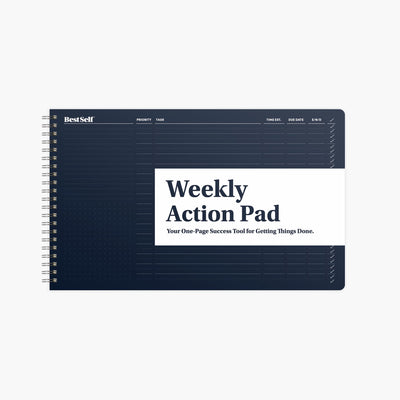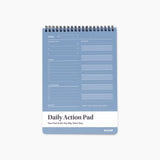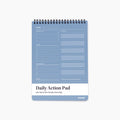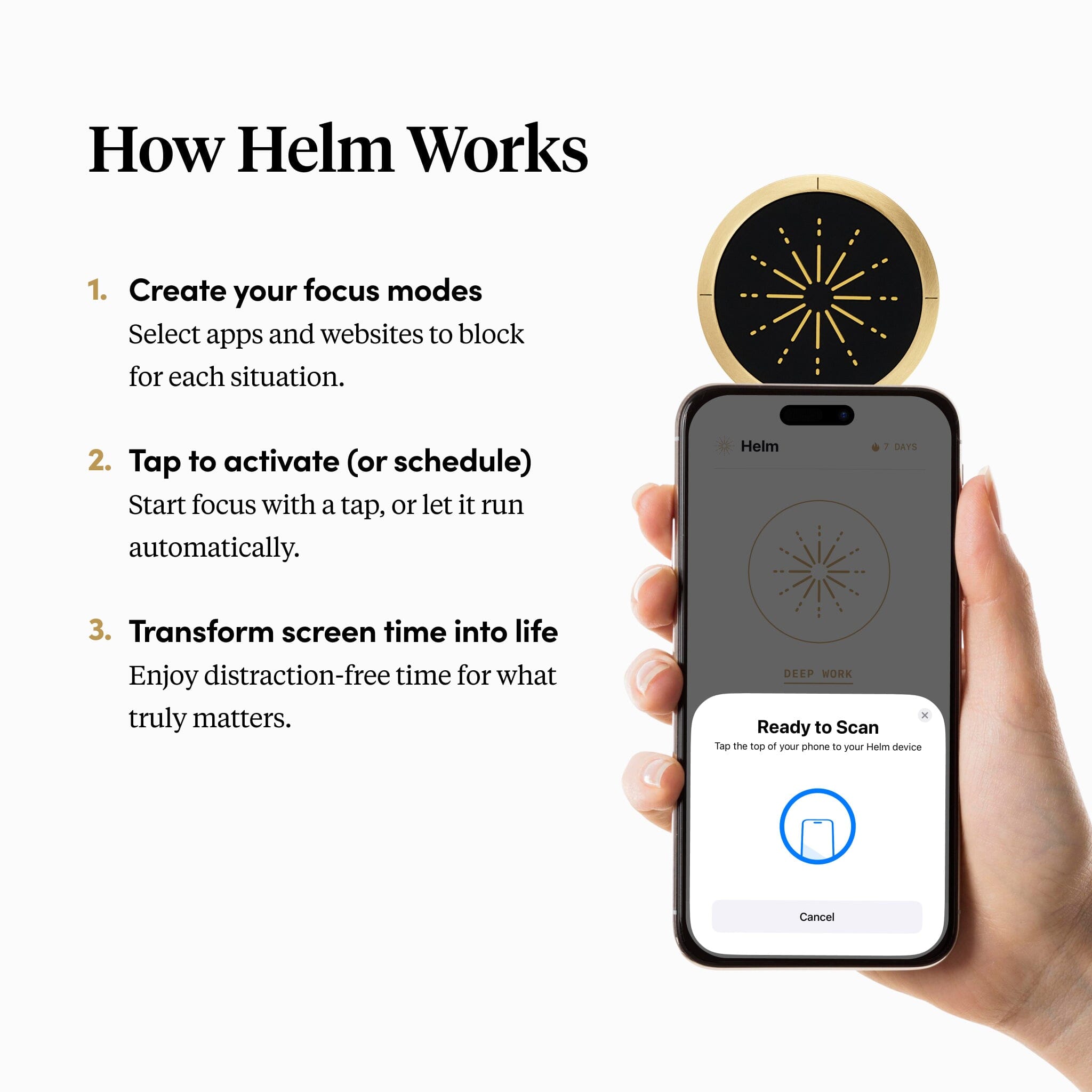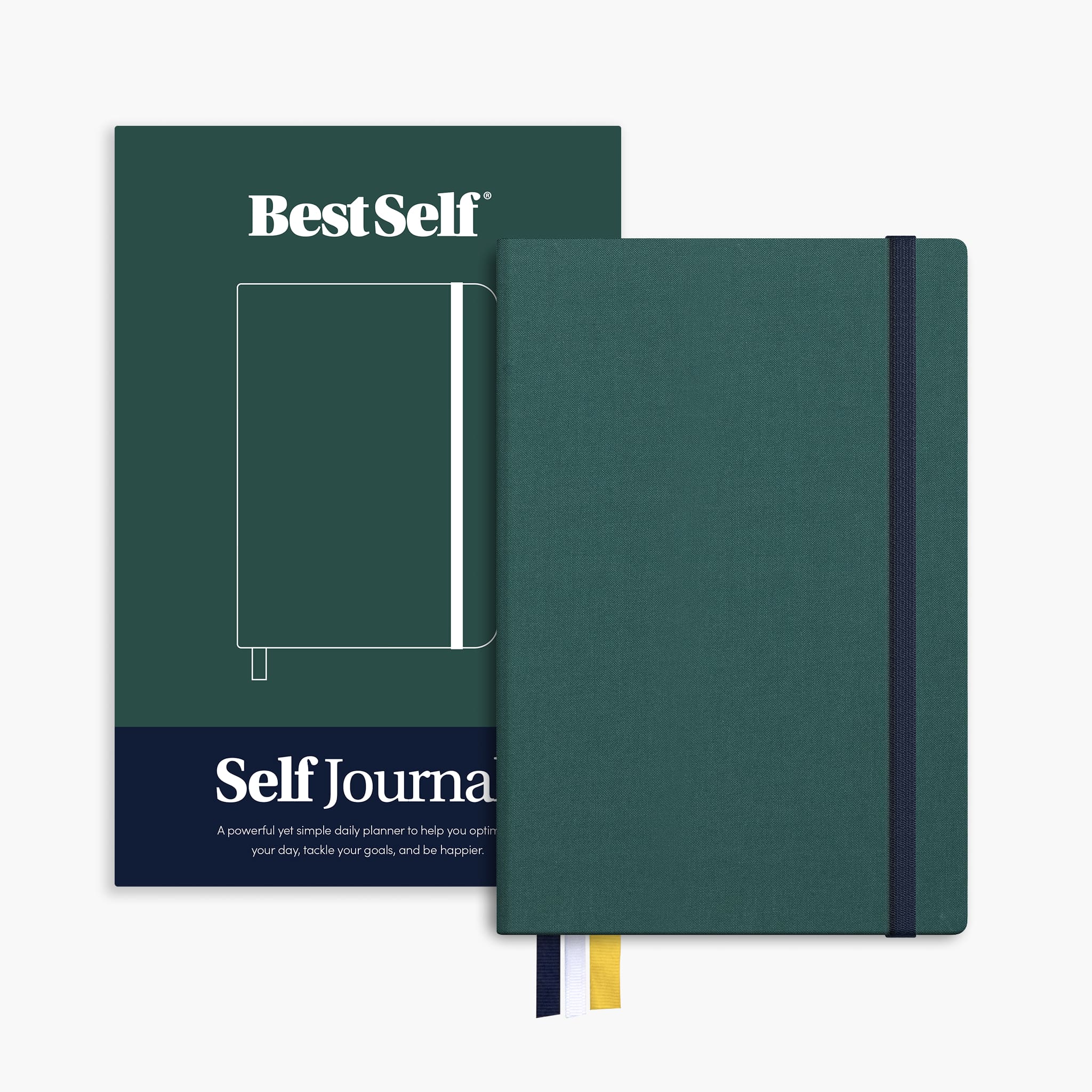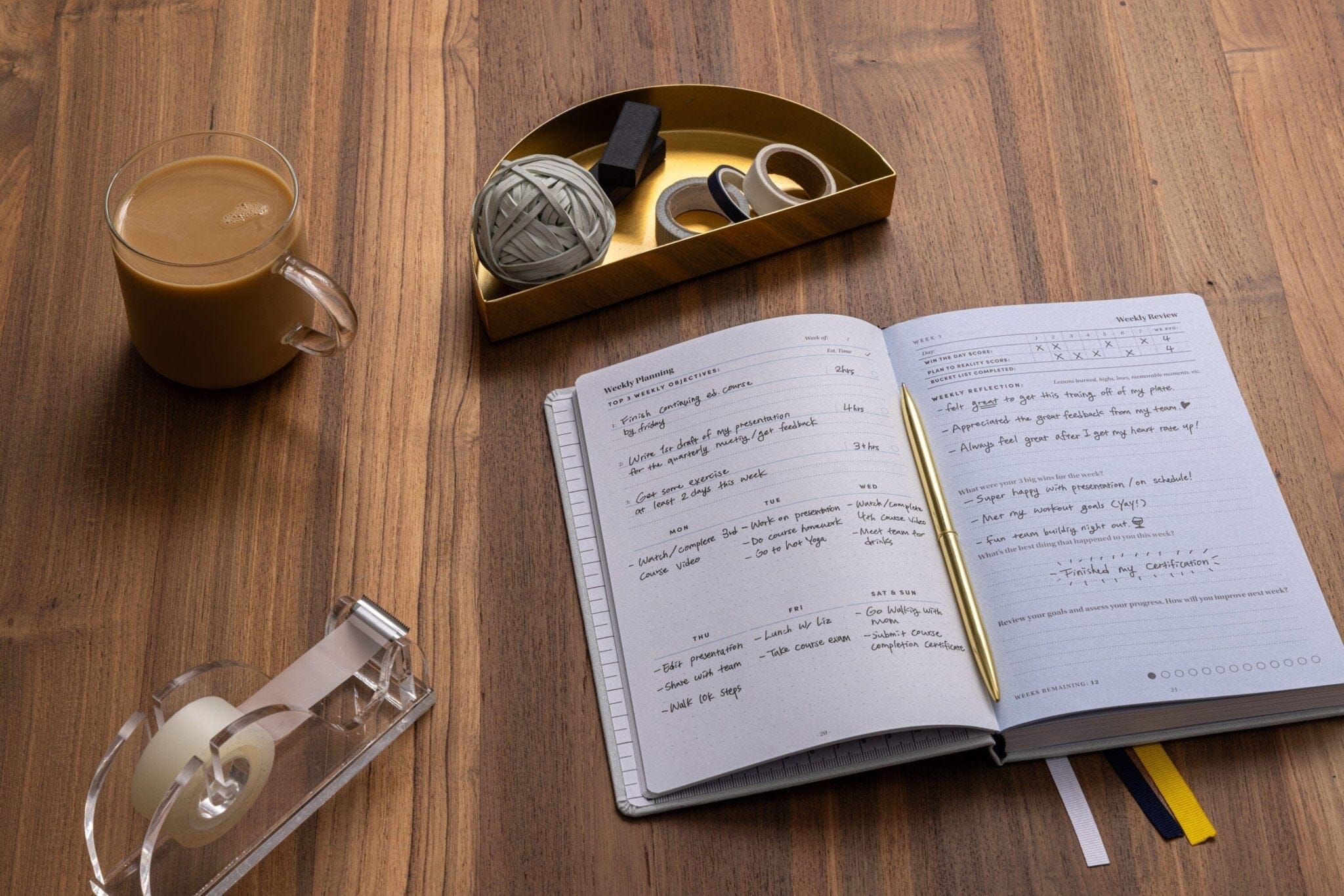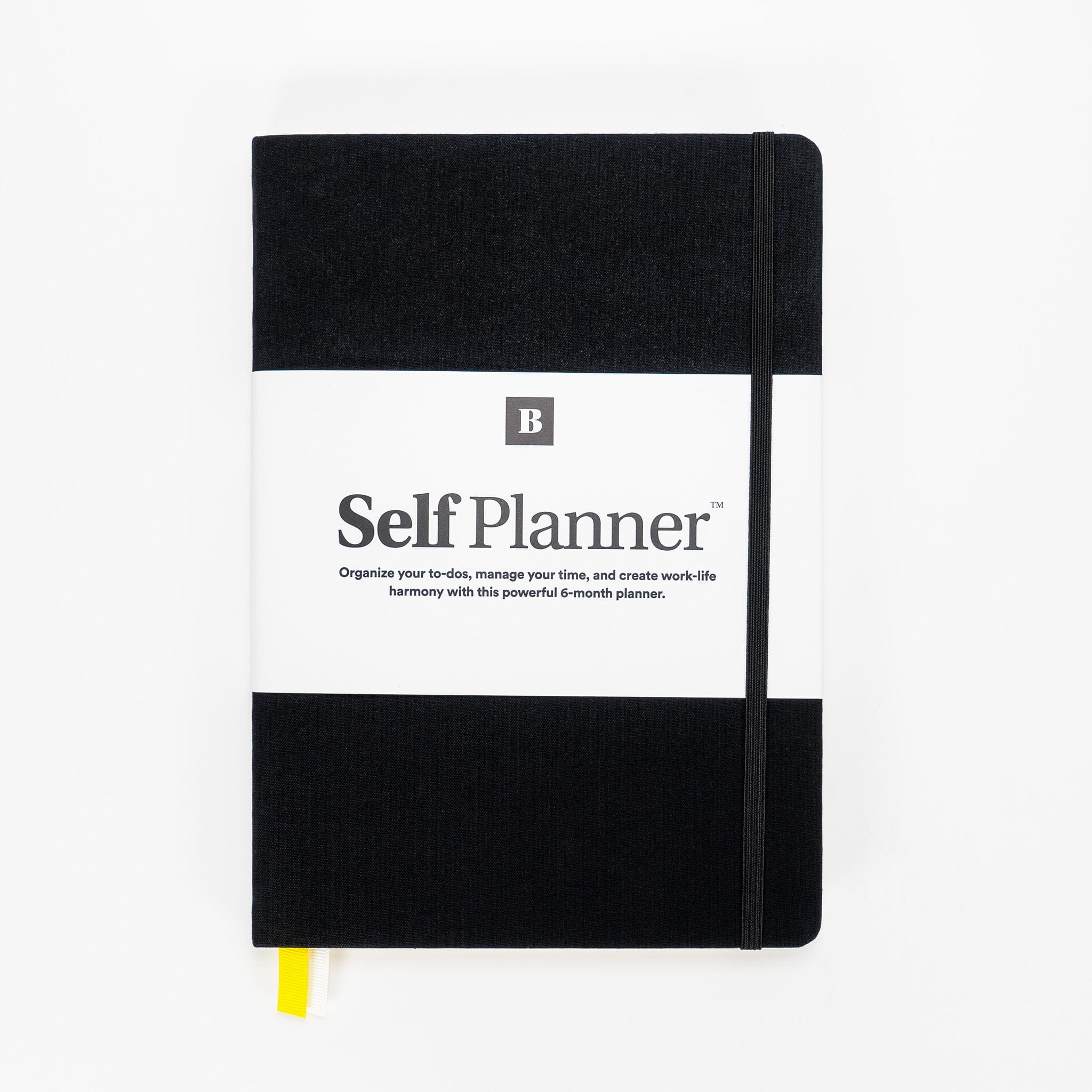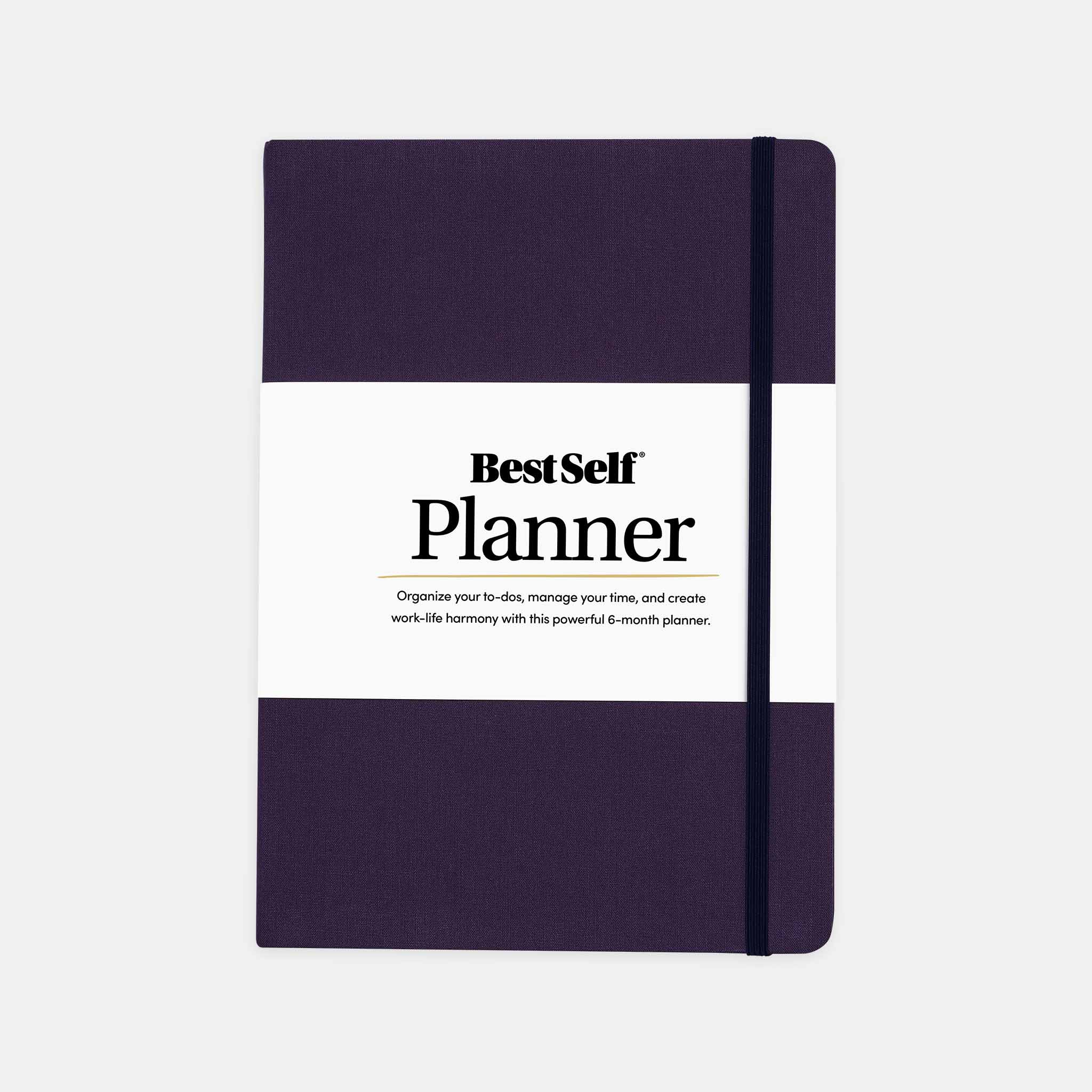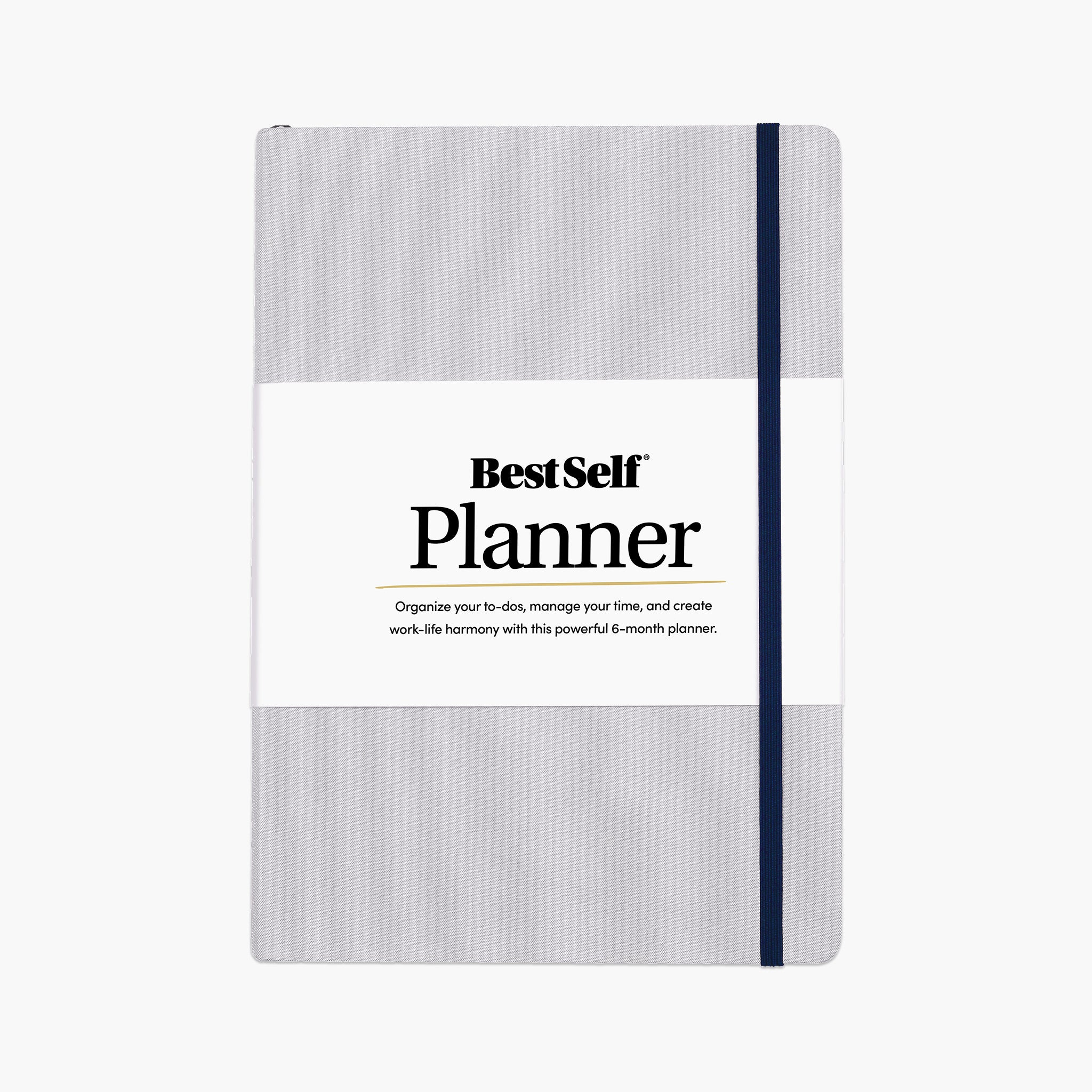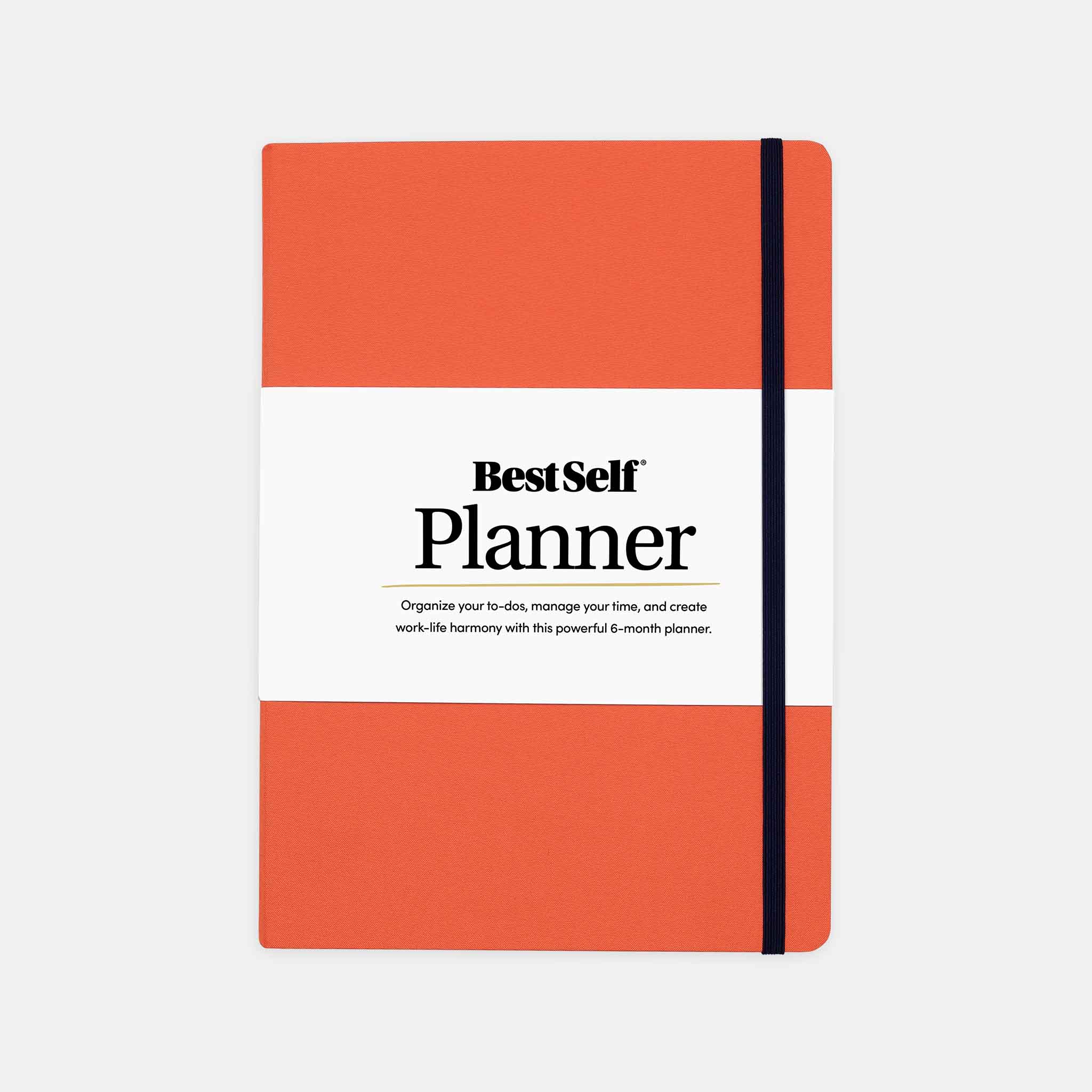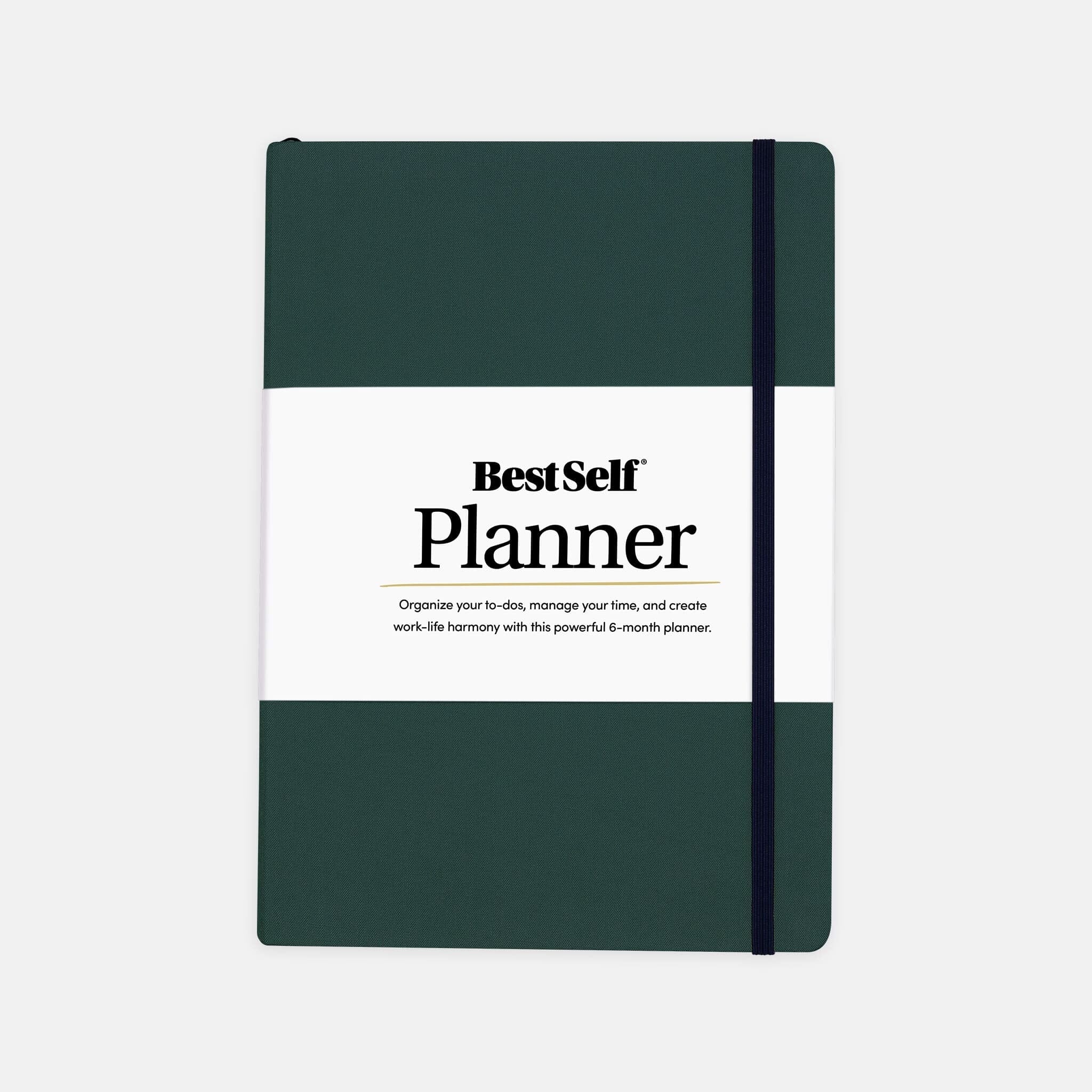Life can sometimes seem like a series of chaotic events, with endless tasks and goals swirling around. Getting a handle on everything might feel overwhelming, but that's where a life planning journal steps in to help. Think of it as a helpful companion in the quest for personal growth and organization. This tool can guide you in setting meaningful goals, tracking your progress, and creating a more balanced life.
A life planning journal isn’t just for writing down daily to-dos; it's about making room for self-reflection and planning. It provides a space to dream, plan, and achieve things that matter most to you. By using a journal regularly, you can build new habits and see improvements in different areas of life. Whether you're aiming to advance your career, enhance personal relationships, or just find more peace in your daily routine, a life planning journal can be a key part of achieving those aspirations.
Setting Clear Goals
One of the cornerstones of making the most out of your life planning journal is setting clear goals. Goals give you direction and a sense of purpose. When you jot them down in a journal, they transform from mere thoughts into actionable plans.
Setting goals isn't just about writing down grand visions. Start by identifying specific, attainable objectives. For example, if your aim is to improve health, break it down: "walk for 30 minutes three times a week" or "choose a healthy salad for lunch thrice a week." Clear goals like these are easier to work on and track.
Using a life planning journal helps keep these goals visible and relevant. Here’s how to do it effectively:
- Write Down Your Goals: Use the journal to list all your goals, both short-term and long-term. This can include personal growth, career paths, and health milestones.
- Break Goals into Steps: Detail the smaller steps required to achieve each goal. This makes big objectives seem more manageable and less intimidating.
- Set Deadlines: Give each goal a timeline. This helps maintain focus and provides motivation to move steadily towards completion.
This process of refining and setting your goals in a life planning journal keeps you focused and accountable. It’s like having a roadmap tailored to your personal journey.
Creating a Consistent Routine
Once your goals are in place, creating a consistent journaling routine is the next step. A regular journaling practice can help reinforce habits and ensure that your objectives remain top of mind. The act of writing things down daily or weekly makes you pause and reflect, creating moments of clarity and intention.
To establish a fruitful journaling routine, consider the following tips:
- Choose Your Time Wisely: Determine a specific time each day or week for journaling. Some prefer mornings, as it sets intentions for the day, while others choose evenings to reflect on what’s happened.
- Start Small: Begin with short entries if you're new to journaling. Writing for just five minutes daily can build the habit without feeling like a burden.
- Incorporate Journaling into Existing Habits: Pair journaling with routines you already have in place. Maybe write in your journal while sipping coffee in the morning or as a winding down activity before sleep.
By embedding journaling into daily life, it becomes a natural part of your routine, like brushing your teeth or having breakfast. Over time, this practice will not only help you stay on track with your goals but will also nurture personal growth in ways you might not have anticipated.
Reflecting and Adapting
Reflection is a key part of personal growth, and your life planning journal can help you make the most of it. Regularly taking time to review your journal entries allows you to see patterns, recognize achievements, and pinpoint areas that need more attention. This practice helps ensure that your goals and plans stay relevant and aligned with your changing priorities.
Reflection isn't just about looking back; it's also an opportunity to adapt. As you go through your entries, think about what's working and what isn't. Maybe a goal isn't as important now as it was when you first set it. Adjust as needed, and don't be afraid to forge new paths if a different direction feels right. To make reflection more effective, consider these prompts for your life planning journal:
- What achievement am I most proud of this week?
- How did I handle a recent challenge, and what did I learn from it?
- Which goals need a new approach or timeline?
Using prompts like these encourages deeper insights and ensures that you remain flexible in your planning process. The ability to reflect and adapt helps you maintain momentum and stay engaged with your personal growth journey.
Enhancing Productivity and Focus
When it comes to boosting productivity, a life planning journal is a handy partner. By having a dedicated space to plan and organize tasks, you can prioritize effectively and stay focused on what truly matters. The journal acts as an accountability tool, reinforcing the importance of disciplined work habits and clear objectives.
To get the most out of your journal in this respect, try these strategies:
- Create To-Do Lists: Write daily or weekly lists of tasks to keep track of what's important. This makes it easier to dive into tasks without feeling overwhelmed.
- Set Priorities: Highlight the top priorities of each day. By focusing on these first, you make sure that critical tasks get the attention they deserve.
- Break Down Projects: If you're facing a big project, break it down into smaller, more manageable steps. List these steps in your journal to make progress feel less daunting.
Using tools like time blocking or dedicating certain hours to specific tasks can enhance your focus, allowing you to work smarter, not harder. These methods help streamline efforts, ensuring that you use your time wisely and effectively.
Making It Personal
Everyone's journey is unique, and your life planning journal should reflect your individuality. By personalizing it, you make journaling more engaging and relevant to your needs. This means tailoring your journal to fit your lifestyle, interests, and aspirations. Here are some ideas to consider:
- Customized Layouts and Themes: Design pages that align with your personal style. Whether it’s minimalist, colorful, or thematic, choosing a layout that resonates with you can make the process more enjoyable.
- Personal Touches: Add motivational quotes that inspire you, use stickers or drawings that reflect your mood, or apply colors that bring energy and focus.
- Flexible Formats: Your journal should fit your life, not the other way around. If a structured daily log feels too restrictive, opt for a more open-ended format that lets you capture thoughts and goals as they come.
By making your life planning journal personal, you enhance its value and make it a place you enjoy returning to regularly. This personalization ensures that your journal is not just a tool, but an extension of your personality and aspirations.
Final Thoughts
Creating a life planning journal can transform the way you approach personal and professional growth. From setting clear goals to creating a routine and reflecting on progress, each step helps you gain insight and clarity. This practice not only organizes your thoughts but also encourages a deeper understanding of what truly matters to you.
Taking the leap to start journaling might seem challenging, but with patience and persistence, the benefits become evident. By making your journal a personal space, you invest in a tool that supports your dreams and helps navigate the journey of life. This ongoing commitment to yourself marks the beginning of meaningful change and personal development.
Ready to make the most of your journaling efforts? Explore how using a life planning journal can support your journey of personal growth and development. Discover the tools available from BestSelf Co. to help you stay on track and create meaningful progress every day.





